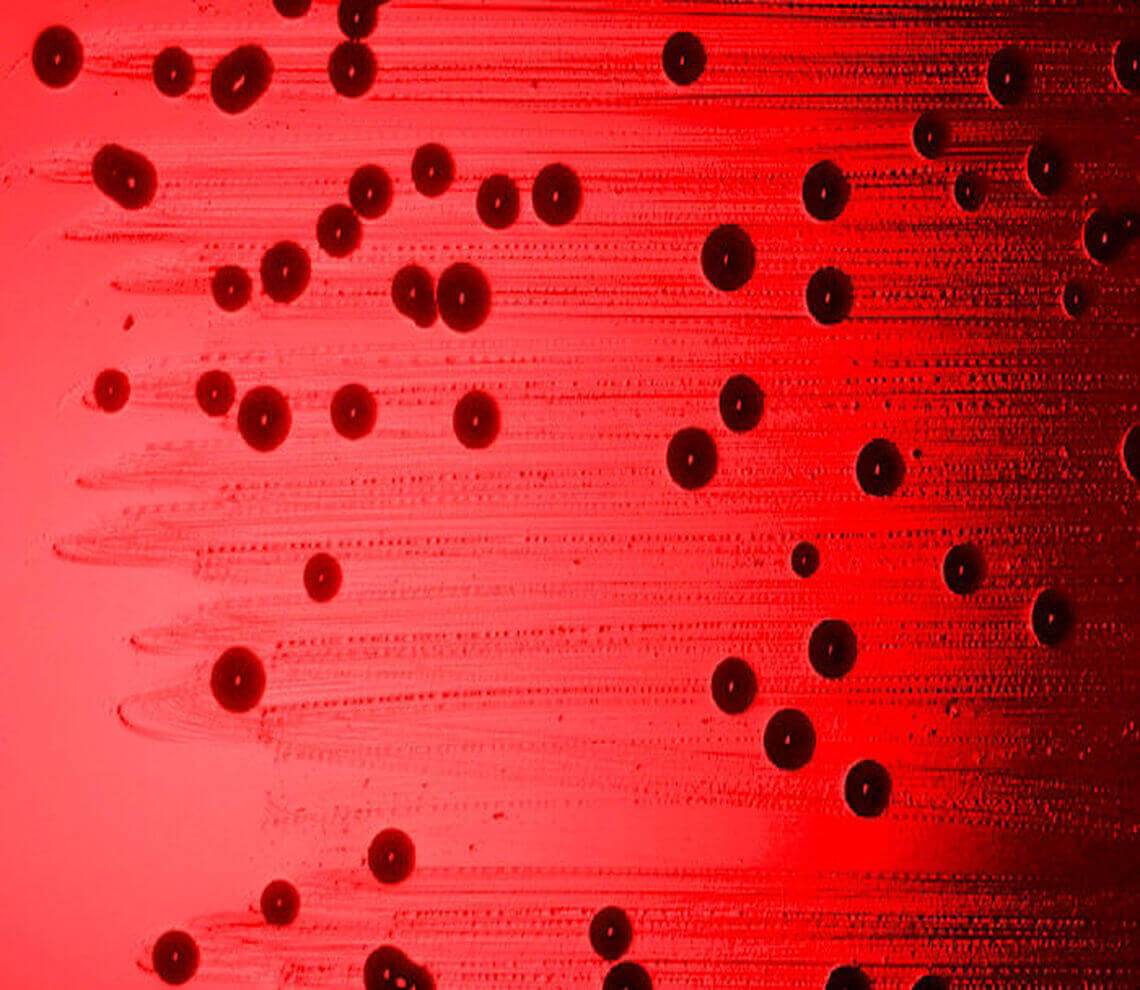- Our Suppliers
- MBS Monoclonals
- Mouse Anti-CytokeRatin 13
Product short description
Price:
343 EUR
Size:
1 mililiter
Catalog no.:
GEN570160
Product detailed description
Concentration
N/A
Purification method
N/A
Immunoglobulin isotype
IgG1
Clone
Ks13.1
Category
Antibodies
Clonality
Monoclonal
Latin name
Mus musculus
Also known as
CytokeRatin 13
Subcategory
Mnoclonal antibodies
Host organism
Mouse (Mus musculus)
Other gene names
KRT13; KRT13; K13; CK13; MGC3781; MGC161462; KRT13; N/A
Gene name synonims
KRT13; KRT13; K13; CK13; MGC3781; MGC161462; KRT13; N/A
Gene name
KRT13; KRT13; K13; CK13; MGC3781; MGC161462; KRT13; N/A
Form/Appearance
Each vial contains 1 ml of culture supernatant containing 0.09% sodium azide.
Tested applications:
Immunohistochemistry (IHC) (frozen), Immunohistochemistry (IHC) (paraffin), Western Blot (WB)
Storage and shipping
Store the antibody at +4 degrees Celsius., or in small aliquots the antibody should be stored at -20 degrees Celsius..
Description
This antibody needs to be stored at + 4°C in a fridge short term in a concentrated dilution. Freeze thaw will destroy a percentage in every cycle and should be avoided.
Other names
cytokeratin 13; Keratin, type I cytoskeletal 13; keratin, type I cytoskeletal 13; CK-13; keratin-13; cytokeratin 13; cytokeratin-13; keratin 13; Cytokeratin-13; CK-13; Keratin-13
Species reactivity
Bovine, Human (Homo sapiens), Rat (Rattus norvegicus); Due to limited knowledge and inability for testing each and every species, the reactivity of the antibody may extend to other species which are not listed hereby.
Test
Mouse or mice from the Mus musculus species are used for production of mouse monoclonal antibodies or mabs and as research model for humans in your lab. Mouse are mature after 40 days for females and 55 days for males. The female mice are pregnant only 20 days and can give birth to 10 litters of 6-8 mice a year. Transgenic, knock-out, congenic and inbread strains are known for C57BL/6, A/J, BALB/c, SCID while the CD-1 is outbred as strain.
Specificity and cross-reactivity
Ks13.1 reacts exclusively with cytokeRatin 13 which is present in non-cornified squamous epithelia, except cornea, and transitional epithelial regions, with the exception of basal cell layers of some stRatified epithelia. As a result the antibody also reacts with neoplasms derived from these epithelia.; Since it is not possible to test each and every species our knowledge on the corss reactivity of the antibodies is limited. This particular antibody might cross react with speacies outside of the listed ones.
© Copyright 2016-Tech News . Design by: uiCookies

